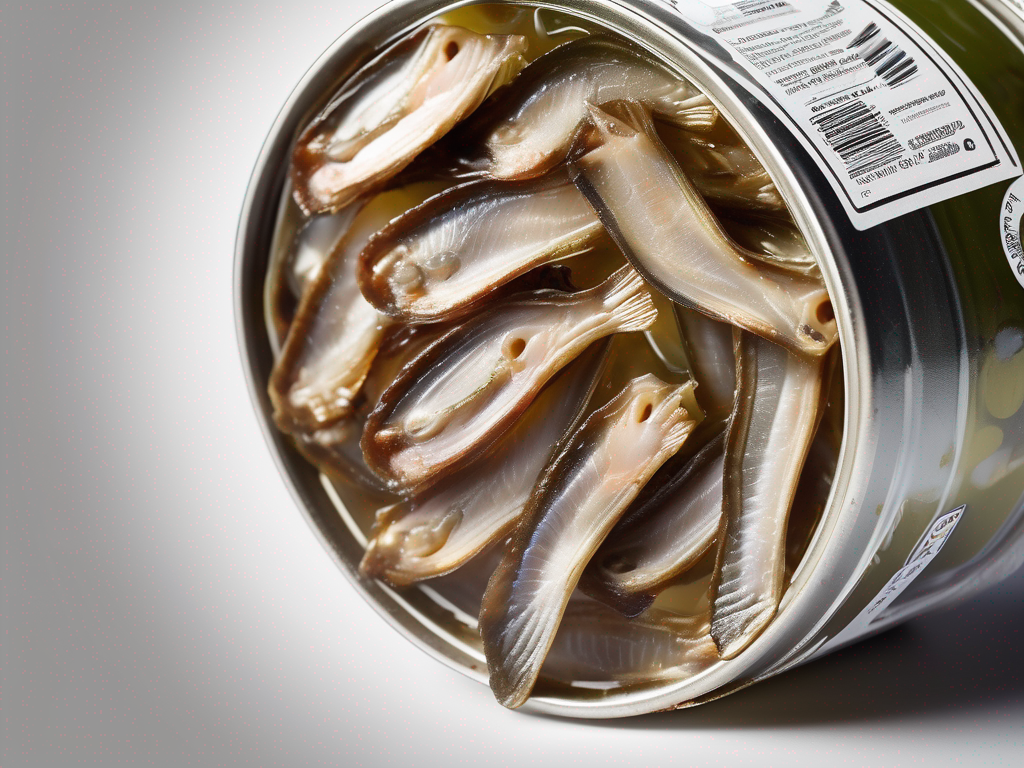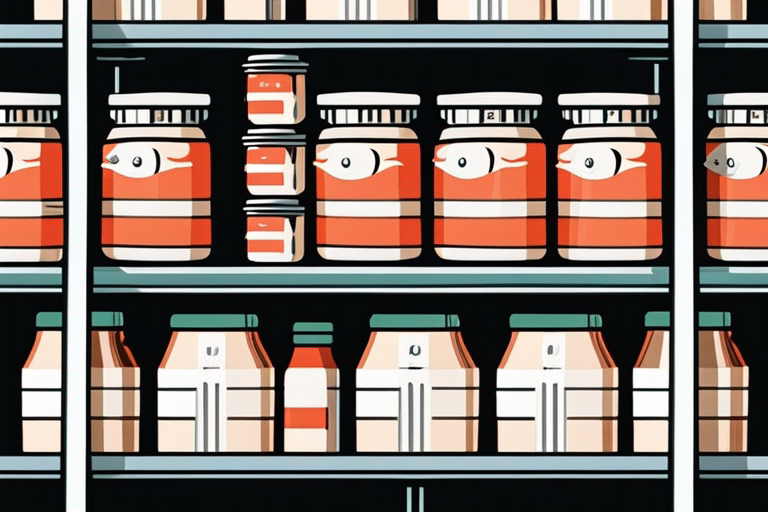
The Best Way to Check if Anchovies Canned are Still Good to Eat
Get Your Free Food Safety Cheat Sheet
30 most common foods with instant answers. Print it and stick it on your fridge—completely free!
The Best Way to Check if Anchovies Canned are Still Good to Eat
Anchovies are a popular and versatile ingredient used in various cuisines around the world. Whether you enjoy them on pizza, in pasta dishes, or as a topping for salads, it's essential to ensure that the canned anchovies you use are still safe to eat. In this blog post, we will explore the best ways to check if anchovies canned are still good to eat, including practical tips and safety information. (Anchovies canned)
Understanding Anchovies Canned
Before diving into how to check the freshness of canned anchovies, let's first understand what they are. Anchovies are small, oily fish that are typically salt-cured and packed in oil or salt. Canned anchovies are a convenient way to store this flavorful ingredient for an extended period.
When stored properly, canned anchovies can have a long shelf life, but it's crucial to check for signs of spoilage before consuming them to avoid any potential foodborne illnesses.
How to Check if Anchovies Canned are Still Good to Eat
1. Check the Expiration Date
- Look for the expiration date on the can of anchovies. If the date has passed, it's best to discard the product.
- Even if the expiration date is not yet reached, it's essential to inspect the can for any signs of spoilage.
2. Inspect the Can
- Check the can for any dents, bulges, or rust. Damaged cans can compromise the integrity of the product and lead to contamination.
- Make sure the can's seal is intact and not broken. A broken seal can indicate that the anchovies have been exposed to air and bacteria, rendering them unsafe to eat.
3. Examine the Anchovies
- Open the can and examine the anchovies closely. They should have a firm texture and a vibrant color.
- Spoiled anchovies may appear discolored, mushy, or have a strong, off-putting odor. If you notice any of these signs, it's best to discard the product.
4. Smell Test
- Fresh anchovies should have a mild, briny smell characteristic of the fish. If the anchovies have a strong, fishy odor or any foul smell, they may be spoiled and should not be consumed.
5. Taste Test
- If you're still unsure about the quality of the anchovies, you can perform a taste test. Fresh anchovies should have a salty, umami flavor.
- If the anchovies taste sour, bitter, or rancid, it's a clear indication that they are no longer safe to eat.
Storing Anchovies Canned Properly
To ensure the longevity and quality of canned anchovies, it's essential to store them properly:
- Keep canned anchovies in a cool, dry place away from direct sunlight.
- Once opened, transfer any unused anchovies to an airtight container and refrigerate them.
- Use the anchovies within a few days of opening for the best flavor and quality.
By following these storage guidelines, you can extend the shelf life of your canned anchovies and enjoy them in various dishes without compromising their safety.
Conclusion
Checking if canned anchovies are still good to eat is a simple process that involves inspecting the can, examining the anchovies, and using your senses to detect any signs of spoilage. By following the tips outlined in this blog post, you can ensure that the anchovies you use in your cooking are fresh, safe, and delicious.
Remember, when in doubt, it's always best to err on the side of caution and discard any canned anchovies that show signs of spoilage. Your health and safety should always come first when it comes to food consumption.
Now that you know how to check the freshness of canned anchovies, you can confidently incorporate this flavorful ingredient into your favorite recipes with peace of mind. Enjoy your culinary creations with the delicious addition of anchovies! (Anchovies canned)

Authoritative Food Safety References
These agencies and university labs inform every tip and health precaution we publish.
USDA FoodKeeper – Cold Storage Guidelines
Official refrigerator, freezer, and pantry timelines maintained by the U.S. Department of Agriculture.
Visit USDA FoodKeeperFDA Produce Safety Rule & Grower Guidance
Field-to-fridge handling practices that prevent contamination of fruits, vegetables, and leafy greens.
Visit FDA Produce SafetyCDC Foodborne Illness Prevention Hub
Surveillance-backed guidance on pathogens, symptoms, and steps to reduce foodborne illness risk.
Visit CDC Food SafetyUC Davis Postharvest Technology Center
University research detailing optimal storage atmospheres for produce after harvest.
Visit UC Davis PostharvestPenn State Extension – Home Food Preservation & Safety
Peer-reviewed extension bulletins on safe canning, chilling, and reheating practices.
Visit Penn State ExtensionHow can I tell if canned anchovies are still safe to eat?
Can I eat canned anchovies past the expiration date?
How should canned anchovies be stored to maintain their freshness?
Are there any health risks associated with consuming expired canned anchovies?
Can I freeze canned anchovies to extend their shelf life?
Get Your Free Food Safety Cheat Sheet
30 most common foods with instant answers. Print it and stick it on your fridge—completely free! Want more? Upgrade to the complete guide with 70+ foods.
Scan your food directly and get instant safety info using our AI-powered camera feature.